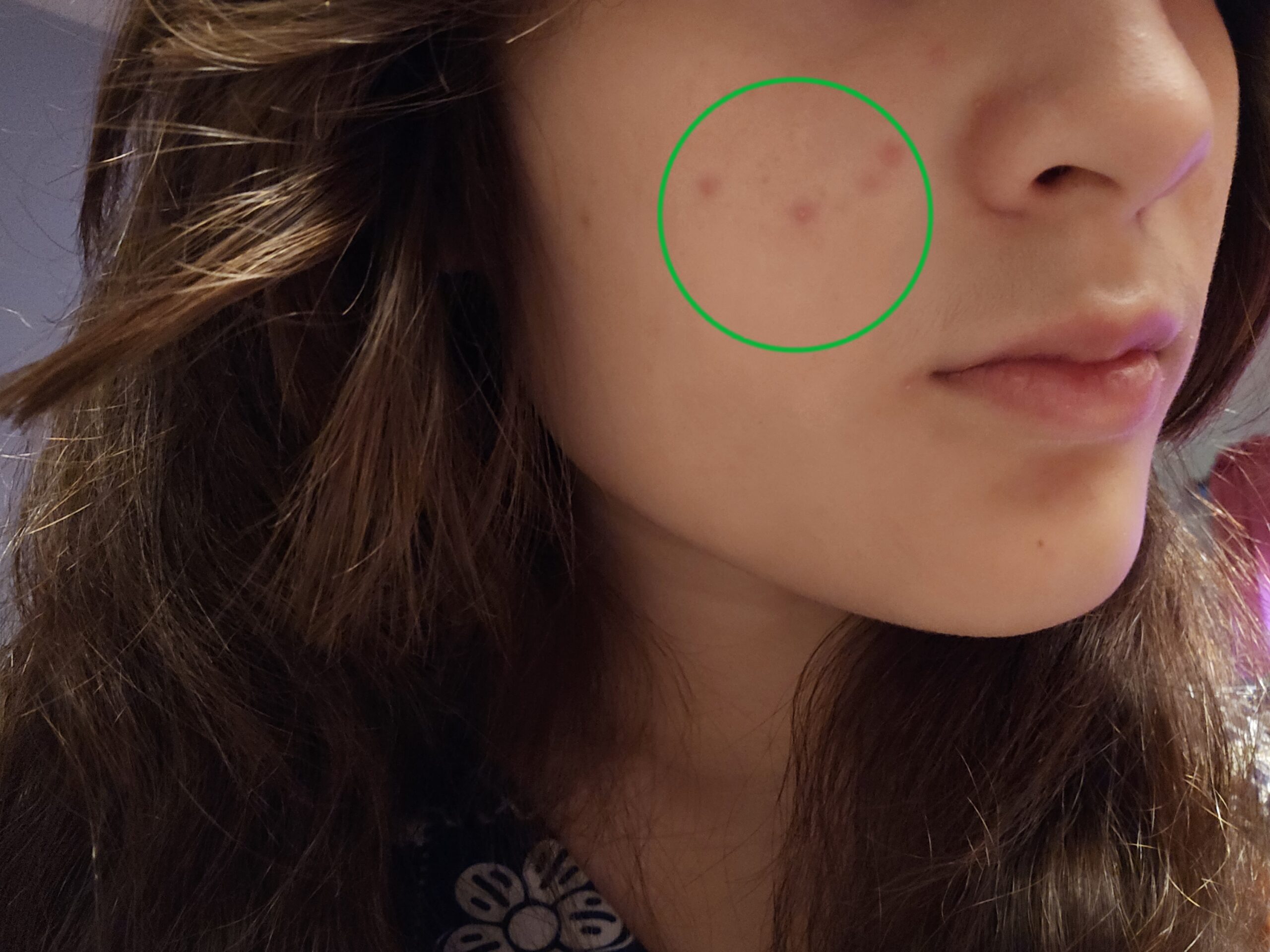

Email Us
info.beautyskincure@gmail.com


info.beautyskincure@gmail.com

Dealing with pimples can be a frustrating and confidence-denting experience. Whether it’s the occasional zit or a persistent battle with cystic acne, millions of people worldwide are on a quest for clear skin. The internet is flooded with quick fixes, but achieving lasting results requires a deeper understanding and a consistent, holistic approach. This guide cuts through the noise, offering evidence-based, natural strategies to not just treat pimples but to prevent them from coming back for good.
Before tackling pimples, it’s crucial to know what you’re dealing with. Acne is a complex skin condition that occurs when hair follicles become clogged with oil (sebum) and dead skin cells. This environment allows bacteria to thrive, leading to inflammation and those familiar bumps.
Pimples, or acne lesions, come in several forms:
Understanding your specific type of acne is the first step toward effective, permanent treatment.
While prescription medications have their place, a natural approach focuses on creating a healthy skin environment from the inside out. This method offers profound benefits that go beyond surface-level changes.
The core advantage is sustainability. Instead of harsh chemicals that can strip the skin and cause rebound oil production or irritation, natural remedies work in harmony with your body’s biology. They aim to balance oil production, reduce inflammation, and promote a healthy skin barrier. This strengthens your skin’s own defenses, making it more resilient to future breakouts.
Furthermore, this approach often addresses root causes like diet, stress, and hormonal imbalance, leading to overall better health. You’re not just applying a spot treatment; you’re cultivating a lifestyle that promotes radiant skin permanently, saving you time and money on endless products that offer only temporary solutions.
Achieving permanent clarity is a marathon, not a sprint. Consistency with these steps is key.
1. Master the Basics of Skincare:
2. Incorporate Evidence-Based Natural Remedies:
3. Address Internal Factors:
Many well-intentioned efforts can backfire. Steer clear of these common pitfalls.
Removing pimples naturally and permanently is a journey of adopting a consistent, holistic routine that combines gentle skincare, proven natural remedies, and healthy lifestyle choices. There is no magic bullet, but by understanding your skin, avoiding common mistakes, and being patient, you can build the foundation for a clear, healthy complexion that lasts. Start by integrating one or two of these tips into your routine today, and observe how your skin responds. Your path to permanent clear skin begins with a single, informed step.
What removes pimples permanently?
Permanent removal requires addressing the root cause. This means consistently maintaining a routine that controls oil, keeps pores clear, and manages internal triggers like diet and stress. There is no one-off product, but a dedicated holistic approach can lead to permanent results.
How to 100% clear acne?
While “100% clear” can be a challenging goal for those with genetic or severe hormonal predispositions, achieving near-total clearance is possible. This often requires a combination of a strict natural routine and, for some, consultation with a dermatologist for targeted treatments like prescription retinoids or hormonal therapy.
What age is acne the worst?
Acne is typically most severe during adolescence, particularly between the ages of 15 and 18, due to massive hormonal fluctuations. However, adult acne especially in women is increasingly common and can be persistent and emotionally distressing, often flaring around the jawline and chin.
Can honey remove pimples?
Yes, raw, organic honey can help due to its natural antibacterial (hydrogen peroxide) and anti-inflammatory properties. It’s humectant, meaning it draws moisture into the skin without clogging pores. Applying a thin mask for 10-15 minutes can help soothe mild breakouts. Manuka honey, with its higher antibacterial activity, is particularly effective.
How to stop pimples coming on face?
Prevention is key. Stop pimples from forming by:
Leave a Reply